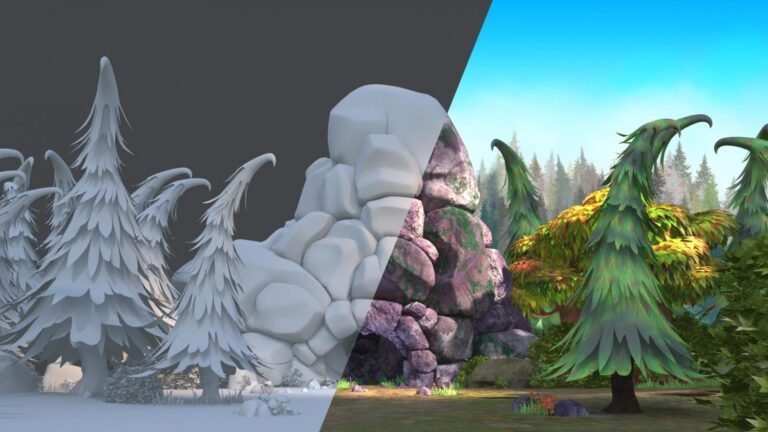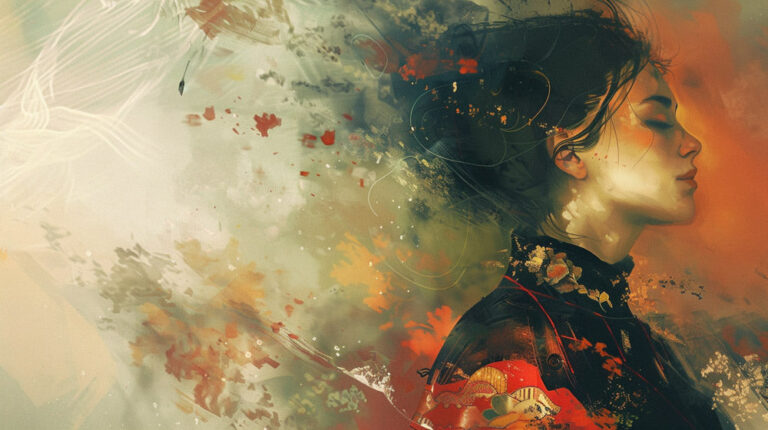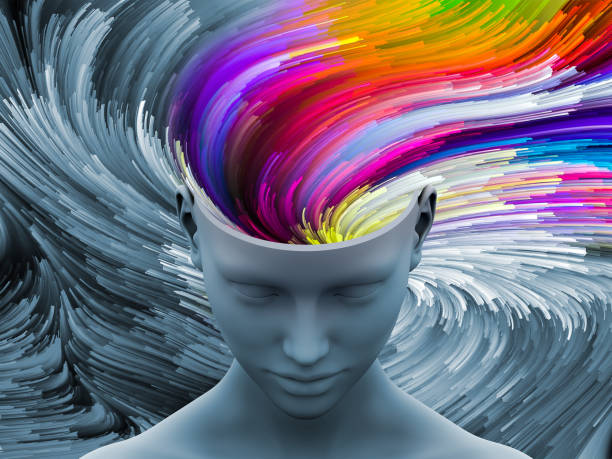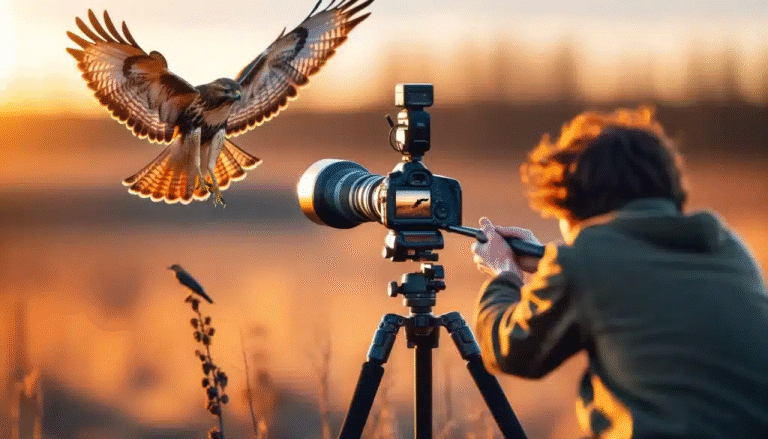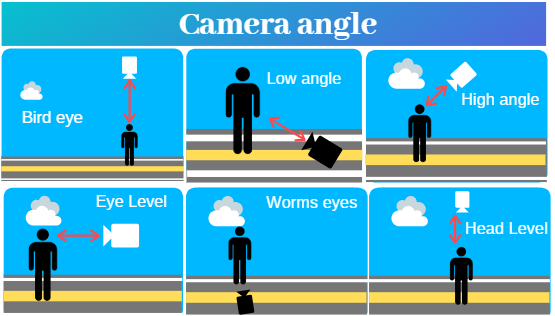
Cinematography is the craft of visual narrative in filmmaking through the lens. It has a significant impact on the way a scene must feel and how the tale is conveyed to the viewer. As a beginner or a budding film director, knowing the fundamental components such as shots, angles, and camera movement is crucial. These are what establish the tone, convey emotion, and lead the audience through the narrative visually.
Shots are the framing and composition of the subject in view within the camera. The most prevalent types are:
Wide Shot (WS): A shot of the subject at a distance, usually employed to establish where things are happening.
Medium Shot (MS): A shot of the subject from waist up and most often employed in dialogue scenes.
Close-Up (CU): A shot of a subject’s face or of a particular object, where emotion or detail is being emphasized.
Extreme Close-Up (ECU): Zooms in tight on a very small area, such as an eye or a hand, to emphasize strong emotion or importance.
Over-the-Shoulder Shot (OTS): Usually for dialogue, which one sees from behind the shoulder of the other.
All types of shots have their own function in storytelling. Wide shots indicate context, and close-ups indicate emotion.
Angles refer to the position of the camera in relation to the subject. Angles tell the audience what to look at or how to see characters or situations.
High Angle: The camera sees the subject from above, making it seem smaller, weaker, or vulnerable.
Low Angle: The camera sees the subject from below, making it look powerful or menacing.
Eye-Level Angle: Even and most often used, providing a realistic and balanced perspective.
Dutch Angle: The camera is tilted, which engenders unease or confusion.
Bird’s Eye View: Shot from directly above, usually applied for dramatic purposes or to indicate scale.
Camera Movements bring dynamism to a scene and may indicate shifts in mood or attention.
Pan: Moves the camera horizontally to follow action or to expose surroundings.
Tilt: Moves the camera vertically, up or down.
Zoom: Alters the focal length to get closer or further away from a subject without relocating the camera itself.
Dolly: The camera is actually moved toward or away from a subject on a track.
Tracking Shot: Tracks a subject, sometimes used to produce smooth movement.
Handheld: The camera is held by hand, typically used to produce a natural or jerky, intense atmosphere.
And by using these shots, angles, and movements correctly, it makes the story better and keeps viewers engaged visually.
Conclusion
Cinematography is more than simply pointing a camera—it’s about selecting the right shot, angle, and movement to tell a story. By understanding the fundamentals, including wide shots, close-ups, high angles, pans, and zooms, you can begin to create scenes that not only look great but also make viewers feel something. If you’re producing a short film, vlog, or cinematic video, knowing these techniques is the key to becoming an excellent visual storyteller.
